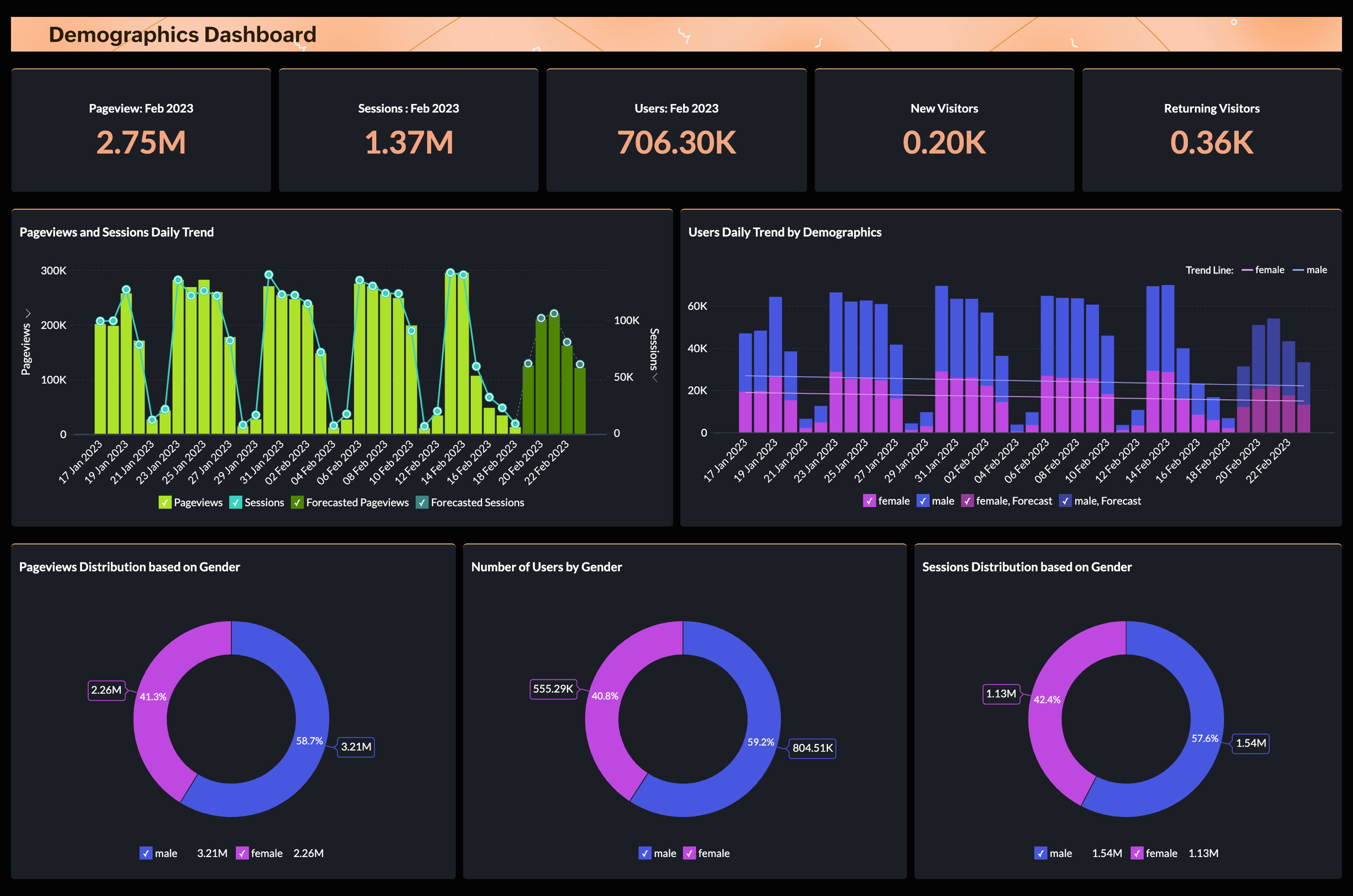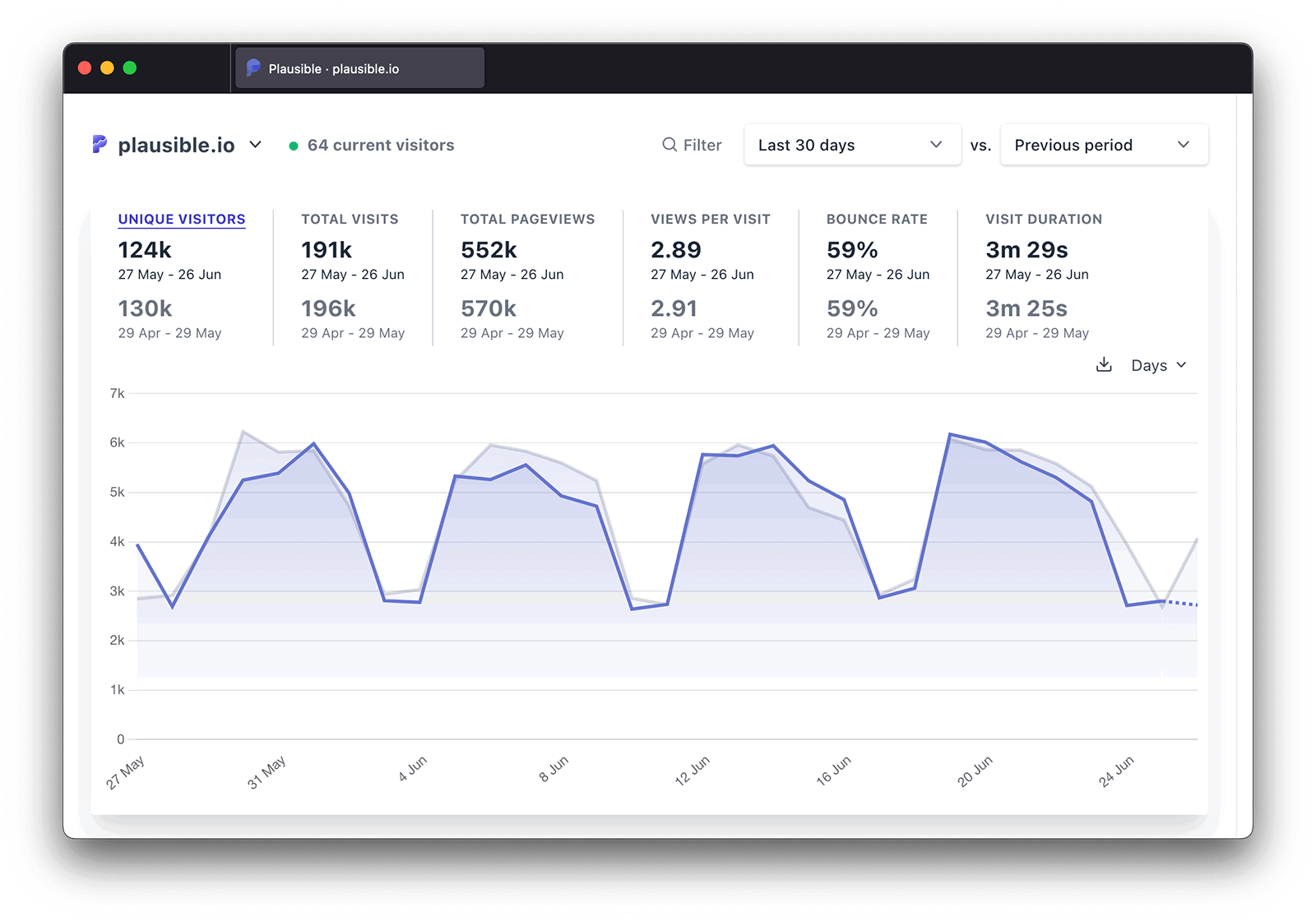Secret Factors To Consider for Marketers: When Does the Google Analytics Tracking Code Send an Event Hit to Analytics?
Secret Factors To Consider for Marketers: When Does the Google Analytics Tracking Code Send an Event Hit to Analytics?
Blog Article
Master Site Insights With Accurate Google Analytics Monitoring Code
The effective usage of Google Analytics hinges on the precise application of its monitoring code, a fundamental step often ignored by web site owners. This apparently easy JavaScript fragment, when properly positioned, becomes the foundation of information collection, offering insights right into customer behavior and internet site efficiency. Nevertheless, obstacles can arise throughout configuration, potentially skewing the data and resulting in misinformed choices. Understanding these details is crucial for making best use of the benefits of analytics. What are the usual risks that could threaten your monitoring efforts, and just how can you make sure precision in your technique?
Comprehending Google Analytics Essentials
Google Analytics is an important device for site proprietors and online marketers, supplying very useful insights right into customer behavior and website performance. At its core, Google Analytics collects information about visitors to a web site, allowing users to examine metrics such as website traffic sources, individual involvement, and conversion prices. Understanding these basics is critical for enhancing an internet site's effectiveness and improving user experience.
The platform utilizes cookies to track communications, videotaping information such as page views, session durations, and bounce rates. This information is aggregated and provided with adjustable control panels, making it possible for customers to envision fads over time. Key performance indicators (KPIs) can be kept track of, such as the overall number of individuals, new versus returning visitors, and the geographic distribution of the audience.
In Addition, Google Analytics supplies division attributes, permitting users to separate particular web traffic sources or user demographics for more targeted evaluation. By understanding these fundamental aspects, web site owners can make informed decisions concerning web content method, advertising projects, and overall site enhancements. Ultimately, recognizing Google Analytics basics is necessary for leveraging information to drive growth and achieve organization goals successfully.
Establishing Your Monitoring Code

Copy the supplied monitoring code and paste it right into the HTML of your site. Ideally, this code needs to be placed in the header section of every page you wish to track. This makes sure that the monitoring code loads prior to any kind of various other content, permitting it to record data accurately. There are plugins readily available that streamline the assimilation process. if you are making use of a material management system (CMS) like WordPress.
After setup, confirm that the monitoring code is working properly by utilizing Google Tag Assistant or the Real-Time records in Google Analytics - when does the google analytics tracking code send an event hit to analytics?. This step is necessary to validate that your data collection is energetic and accurate, establishing the foundation for informative analysis
Typical Tracking Code Issues
This might happen when the tracking code is placed in the wrong area of the website's HTML, commonly leading to absent or insufficient information. In addition, having numerous instances of the tracking code on a single page can result in inflated metrics, as customer interactions could be counted a lot more than once.
One more problem arises from using ad blockers, which can stop the monitoring code from carrying out altogether, thus skewing information. when does the google analytics tracking code send an event hit to analytics?. Moreover, failing to set up filters properly can cause the exclusion of essential web traffic resources like this or the inclusion of unwanted recommendation spam, misshaping the information accumulated
Website proprietors may also ignore the value of monitoring code updates, specifically when moving to Google Analytics 4 (GA4) from Universal Analytics. Finally, not enough screening prior to launching modifications can result in undiscovered errors in the tracking code, better complicating data dependability. Resolving these common problems is important for making sure exact monitoring and insightful analytics.
Studying Site Data Successfully
Exact information collection is only the initial step in leveraging Google Analytics; the genuine value exists in effectively assessing that information to drive informed decision-making. To attain this, it is vital to identify crucial efficiency signs (KPIs) that straighten with your company goals. Emphasis on metrics such as conversion prices, user involvement, and website traffic sources, as these will certainly provide insights into individual behavior and the overall effectiveness of your website.
Using Google Analytics' segmentation functions enables for a much deeper understanding of your audience. By damaging down data into specific demographics, habits, and website traffic channels, you can discover fads and patterns that educate targeted techniques. Implementing personalized Website reports and control panels can streamline this process, making it possible for quick access to pertinent data.
In addition, frequently assessing data trends gradually aids to identify anomalies and chances for renovation. Utilize visualization tools to present data in a quickly absorbable layout, helping with a lot more reliable find interaction with stakeholders. Ultimately, the ability to evaluate web site information properly equips companies to make critical decisions that improve user experience, optimize marketing efforts, and drive growth.

Best Practices for Accurate Monitoring
Executing effective monitoring practices is critical for acquiring dependable information in Google Analytics. To guarantee exact tracking, start by correctly mounting the Google Analytics tracking code on every page of your web site. This can be accomplished via a tag manager or by straight installing the code into the HTML.
Next, configure your Google Analytics account to omit inner web traffic. This can be done by establishing filters that identify and eliminate sees from your company's IP address, thereby avoiding manipulated information. In addition, utilize event tracking to keep track of certain customer communications, such as downloads or video clip plays, which basic page views might forget.
Routinely audit your tracking configuration to verify that all functions, such as goals and ecommerce tracking, are working appropriately. Develop a regular identifying convention for your projects and occasions to promote less complicated coverage and evaluation.
Lastly, consider leveraging UTM criteria for campaigns to get understandings into the efficiency of different advertising and marketing initiatives. By adhering to these ideal techniques, you can improve the accuracy of your data collection and analysis, ultimately leading to even more educated decision-making for your web site.
Final Thought
Precise implementation of the Google Analytics tracking code is important for mastering website understandings. By making certain the monitoring code is properly placed and frequently audited, website owners can catch crucial individual interaction information, therefore facilitating the recognition of crucial performance indications. Efficient analysis of this information, combined with adherence to ideal methods, enables educated decision-making and the optimization of online approaches. Eventually, a robust tracking structure improves the capacity to drive interaction and improve general internet site performance.

Inadequate testing before introducing adjustments can result in unnoticed errors in the tracking code, even more complicating information dependability.Executing reliable monitoring techniques is crucial for acquiring dependable data in Google Analytics. By making certain the tracking code is correctly positioned and regularly investigated, site proprietors can capture important customer interaction information, therefore promoting the recognition of essential efficiency indicators.
Report this page